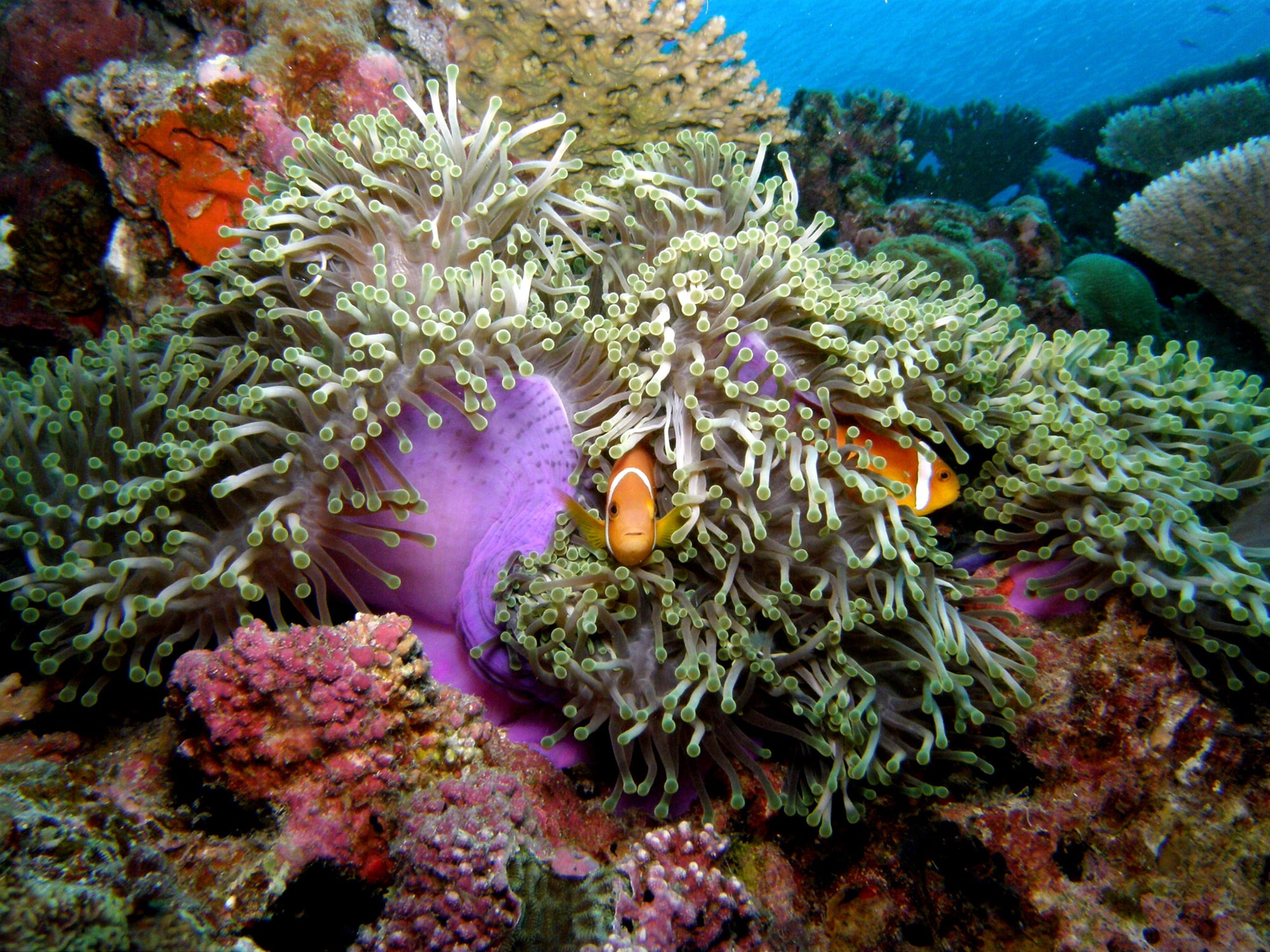Impromptu Weighting
The Diver
The diver is a healthy older gentleman enjoying his retirement by touring the country in his motor home and diving in various dive sites.
The Dives
On this particular day, the diver had difficulty with his buoyancy, finding that he was positively buoyant. He tried repeatedly to stay near the bottom, but he became frustrated with the effort it was taking. To try and achieve more negative buoyancy, he placed a fairly large piece of coral between his skin and the wetsuit.
The Complications
Unknowingly, he had chosen fire coral for his extra weight. The coral caused an immediate reaction across his lower abdominal region, and he developed a reaction fairly typical with fire coral: redness, extreme itching and burning sensation. He ended his dive shortly thereafter so he could attend to his injuries with a quick shower and some topical anti-itching cream.
During the next nine months, the signs and symptoms of the fire coral sting persisted intermittently. The rash remained, worse at some times, less at others, and the itching and burning sensation became almost intolerable at times. For him, there had not been any significant improvement. At this point, he contacted DAN for advice.
The Injury
Fire coral is a living animal, typically found in tropical or subtropical waters. It gets the name of coral because it appears similar to reef coral. While both true coral and fire corals are members of the Cnidaria phylum and contain nematocysts, true corals are in the anthozoan class, while fire coral is in the hydrozoan class. Fire coral appear to be more closely related to jellyfish and other stinging anemones than to the reef-forming anthozoans we commonly call corals.
The skeleton of fire coral is covered in pores where nematocyst-covered tentacles (with stinging cells) reside and produce the typical burning sensation.
Fire coral can come in a variety of shapes and sizes: it can look like antlers, large blades or even small boxes.
The Reactions
The sharp edges of coral can cause lacerations, which allow small bacteria-laden coral fragments and the toxin released by the nematocysts to enter the wound. Within the first 10 to 15 minutes, this can cause an initial inflammation, which many people report as a burning sensation – as if their skin is on fire, many report. These toxins can produce swelling, itching, tenderness and prolong healing of the wound. These ulcerations can become infected, requiring the attention of a physician as well as an antibiotic. If the coral sting is not properly treated, symptoms like inflammation may last from several days to many months. The diver may also experience a systemic response to the infection from fire coral sting: lymph gland tenderness and joint pain. Persons affected by fire coral sting may also experience nausea, vomiting, fever, chills or fatigue. According to physician and author Dr. Carl Edmonds in his book Dangerous Marine Creatures, there have been reported cases of neuropsychological symptoms “such as anxiety, depression, insomnia, weakness and apathy.” Dr. Edmonds suggests that the severity of symptoms depends on the size of the envenomation, the species involved and the diver’s individual medical history.
The Treatments
Proper treatment for fire coral stings may initially include vinegar (acetic acid) or a paste of baking soda if vinegar is not available. (It is not recommended to use vinegar and baking soda together.) Either compound may reduce the firing of the nematocysts. Over-the-counter hydrocortisone cream may help relieve the less severe reactions of inflammation or redness. If the reaction is more severe or persists, then oral prednisone may be necessary for relief. For that, you’ll need to see a physician and get a prescription. In “A Medical Guide to Hazardous Marine Life”, Dr. Paul Auerbach recommends using neither methylated spirits (e.g., aftershave), nor liquor or organic solvents such as kerosene, turpentine or gasoline. In the DAN Guide to Medical Frequently Asked Questions, Dr. Auerbach also recommends initial cleaning of the coral scrape with soap and water and an application of neomycin (Neosporin(r)), which may reduce the risk of infection. If, however, the site becomes infected, medical attention is strongly recommended. Certain types of bacteria that are often found in marine environments can become dangerous especially for someone with an impaired immune system.

